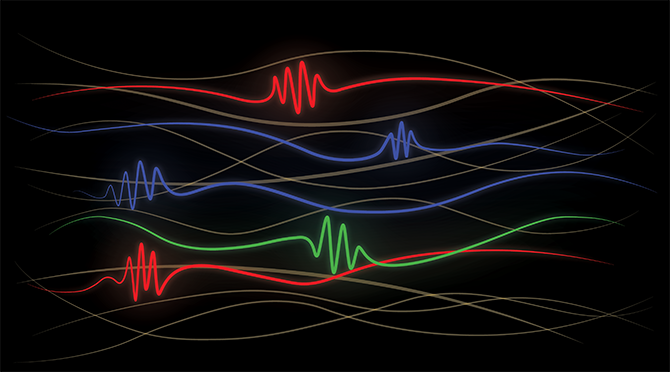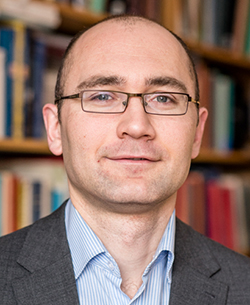The brain can become a cornerstone of artificial intelligence
Researchers at KTH, and US universities MIT and Cornell have been studying the work memory in the brains of monkeys. Hopefully, their newly-acquired knowledge about how memory works will not only play a part in how artificial intelligence can be designed, but also the way in which brain diseases are treated.

Work memory, or short-term memory as it is also known, is the part of the brain that is in continual use when carrying out day-to-day activities. One concrete example of this is following a route description that you have just been given. Work memory contains information that is currently being used and processed.
If you experience a problem with work memory, you will have problems functioning as a human being.
By measuring the brain activity of monkeys, the research team has collected a significant amount of data that describes how work memory works in primates.

The study looks at the “neural mechanisms” of work memory. How these mechanisms work is directly relevant to how monkeys, as well as humans, behave. Cognition, an umbrella term for the mental processes that deal with knowledge, thinking and information processing, is affected by these mechanisms.
“KTH’s contribution to this research work has been to study data collected and then create a model that details how the underlying neural mechanisms work. We do this using a computer-based model that we have previously developed,” says Pawel Herman , Senior Lecturer at the Department of Computational Science and Technology at KTH.
He goes on to say that the research work has resulted in the development of a new theory about how work memory works, which in turn may see a paradigm shift within the research community. The work, which has been underway for several years and has produced a number of scientific publications, where also KTH professor Anders Lansner has been involved.
“The most recent scientific publication about our research, which appeared in Nature Communications, shows how volitional checks of work memory are constructed. The research work helps us understand the mechanisms behind some of the most fundamental aspects of the cognitive functions of the brain,” says Herman.
The work, best described as basic research, is expected to have positive consequences for a number of areas. These include medicine and IT.
In respect of medicine, the research is relevant in that it shows how certain diseases affect the ability of the sufferer to cognitively control their work memory.
“A number of mental diseases affect the cognitive functions of the brain, particularly in respect of work memory and, by pursuing this research, we may get a better understanding of what is actually going on. In other words, if we can understand the neural mechanisms and how they interact with work memory, it should be easier to identify the reasons why memory and cognitive processes fail due to disease. We should also be able to find ouselves in a position where we could delay or mitigate cognitive problems,” says Herman.
In the future this type of research could contribute to creating artificial intelligence that is based on how workings of the human brain, he adds.
“In the long run, this may also contribute to better quality in research and reduce the need to use animals in this type of medical research,” says Herman.
Read find the scientific article here.
For more information, contact Pawel Herman on tel. +46 (0)8 790 65 13 or e-mail paherman@kth.se
Peter Ardell